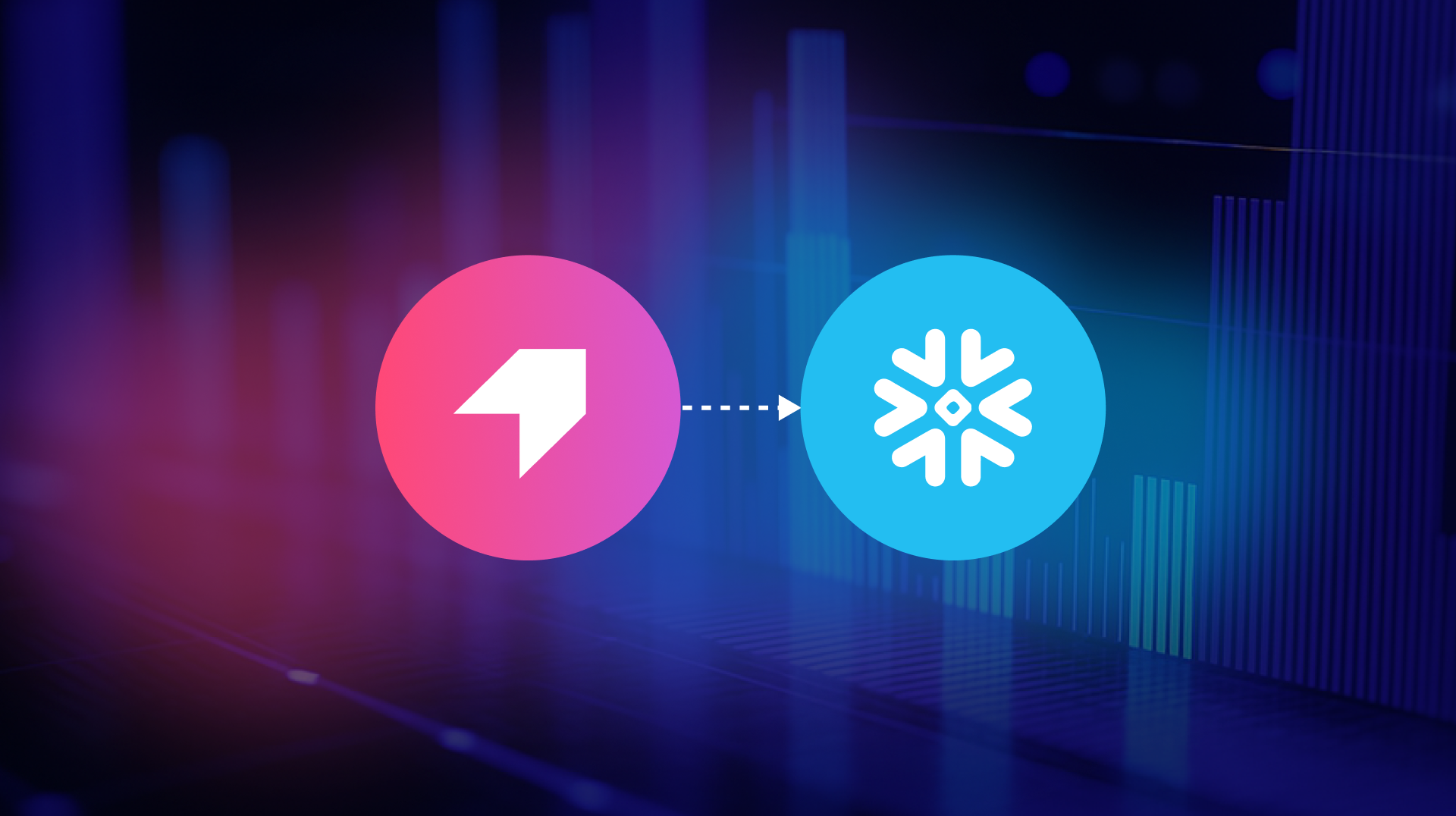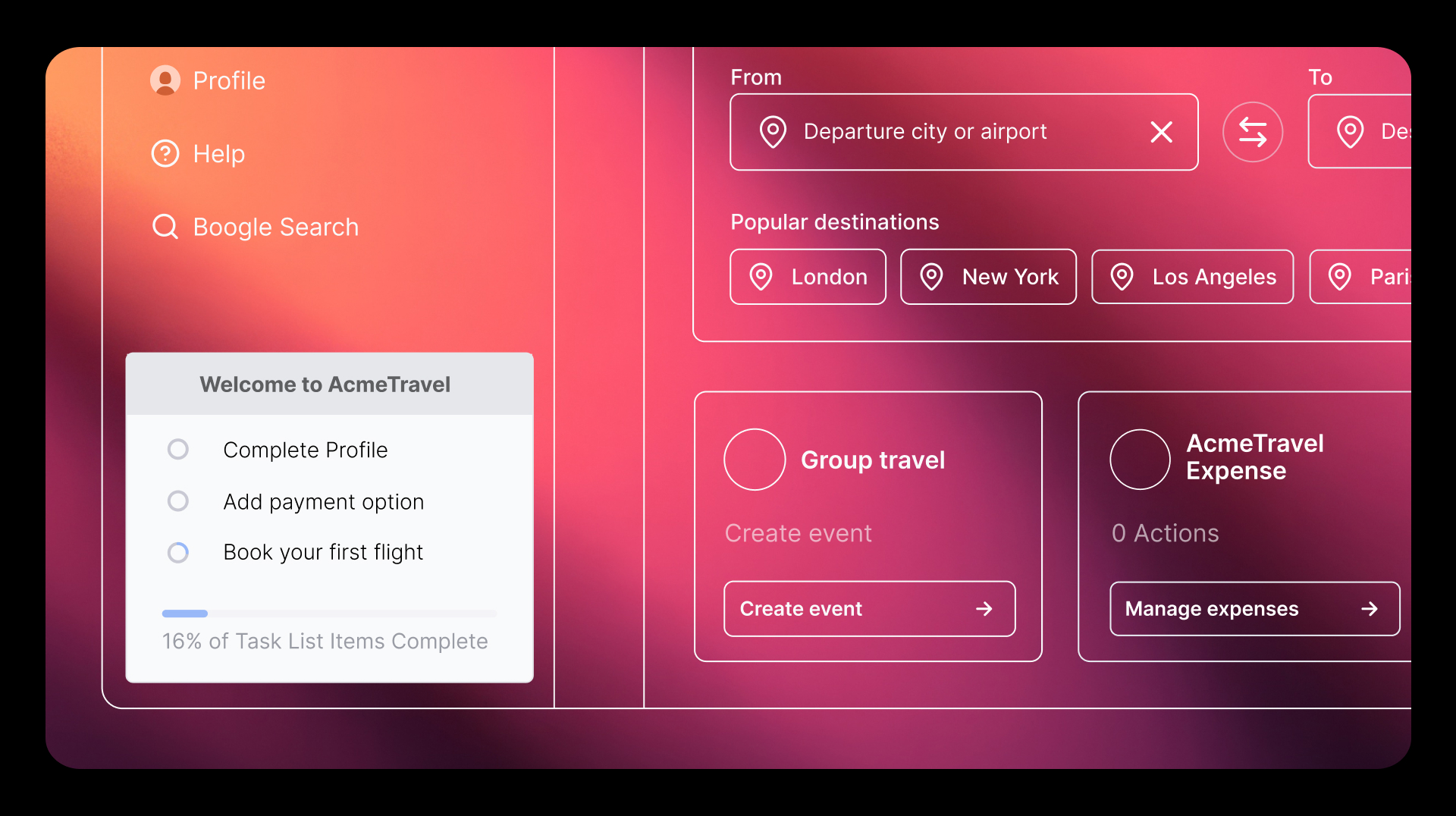Academia is so out of touch, right? Wrong, actually.
When I was a graduate student at UNC Chapel Hill, one of the great pleasures of an otherwise grueling track was being right at the intersection of academia and tech. The Research Triangle meant exposure to cutting-edge research and leaders, not only in three elite universities but also in a growing ecosystem of tech companies. These types of hybrid academic-tech hubs (and there are more of them around the world) are usually symbiotic, as academics and industry leaders join forces to generate revenue streams for both parties, and inspire students to entrepreneurship.
After getting my Ph.D., when I moved over to the proverbial dark side by taking a job at a tech company, I wanted to keep the symbiosis going. That’s part of how my company ended up sponsoring a semester-long data science project in the department of information sciences at Cornell University, which offered an initiative for students to gain professional experience through an industry partnership. Three students were selected to work on the project, which ran from late August to early December of 2017. All the students had a strong background in statistical analysis and programming skills.
Together, we collaborated on a data science project to mine product usage data for insights that would be valuable to both our business and our customers. We wanted to better understand our company’s customers based on how they use our product.
In particular:
What impact does a customer’s first interactions with our product have on their overall experience?
The students spent the first few weeks performing an exploratory analysis of the data we provided and building up their domain knowledge of our company. We then investigated a mixture of approaches (using both statistical analysis and machine learning frameworks) to answer the question posed, and iteratively compared and evaluated these approaches for accuracy and prediction. It was imperative for us to choose models and generate results that would address the business’ focus, but more importantly, get us closer to serving our customers better.
We were able to come up with a model that isolated three key indicators that help us predict the level of engagement our customers would have with us following their first few days of product usage (stay tuned for that model next week!).
Our entire team (product, customer success, engineering) can use these insights to tailor different engagement strategies and experiment with them and use the model and metrics developed to improve upon them. For example, knowing which areas of the product have the greatest impact on an onboarding customer’s experience will help customer success in their engagement efforts, and help product sharpen their focus to the benefit of the roadmap and feature development along with engineering.
Finally, the students built the model in open-source development frameworks (written in R and Python, both popular and robust for statistical analysis and machine learning). They are versatile and can be updated and refined based on experimentation and with additional data.
The students gained first-hand industry experience that was substantive for their career development and exposure to our company, especially when they presented their work to their peers, as well as to our company. Particularly for a growing product team, we view this type of partnership as a great investment in building relationships with renowned universities, with the added promise of recruiting future talent.


